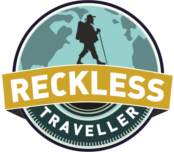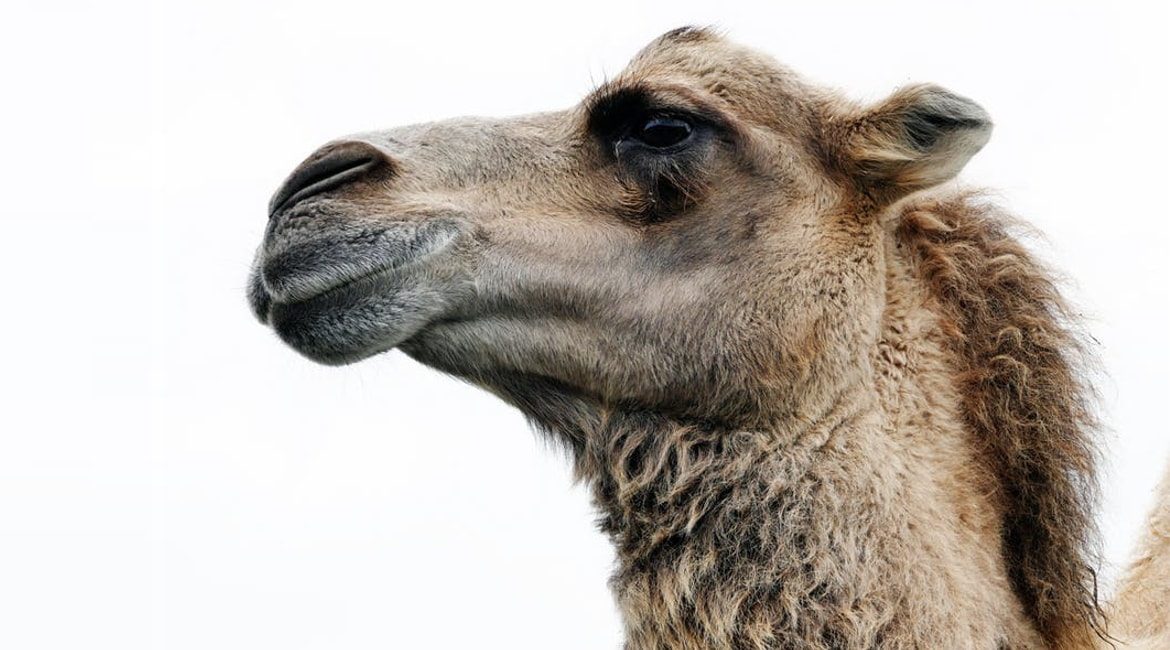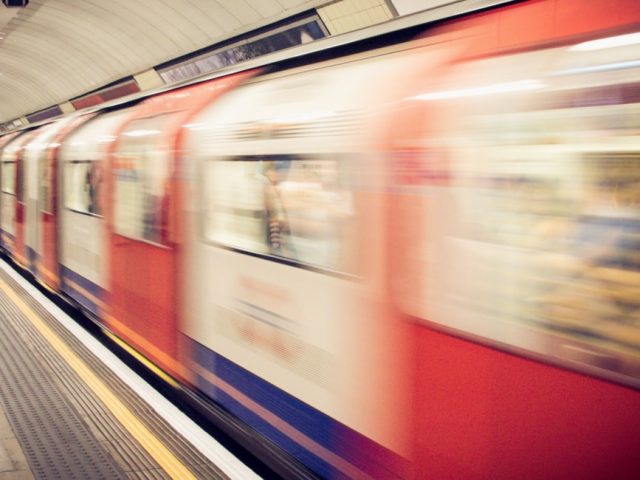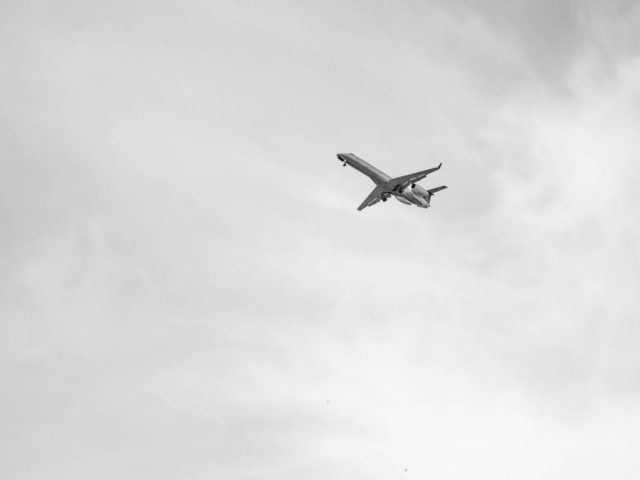I found the month March extremely interesting. On the first, my wife, some friends and I left Canada heading for Israel, on a pilgrimage of sorts. Some of us were old Israel-hands, some were novices. Israel is unlike any other destination on Earth; one must take the time to prepare oneself mentally and spiritually, otherwise you’ll miss a lot. This was my third visit there, and I was excited to share this fascinating place with my wife and friends.
Nothing quite prepares you for Israel. The place is a true spiritual nexus – the epicentre of the world’s three great monotheistic religions – unique in history, and, for me, totally irresistible. A Jewish maxim says “the world was unfurled from Jerusalem”. I don’t think this is an overstatement, or at all arrogant.
Visiting Israel is like diving into a fathomless exotic sea teeming with marvels beyond our understanding.
Much of what one sees is indeed foreign, yet somehow familiar. This may be a manifestation of “cultural memory”, or our common humanity and our search for meaning.
And then, of course, there are certain security risks one must acknowledge. Many of our friends “would never go to the Middle East” for fear of being “killed by terrorists”. Personally, I have decided to set such concerns aside; in my experience such risks are wildly overblown. As proof, I cite insurance industry figures telling us the chance of being killed by a terrorist is one in 20,000,000. This is the same chance as being crushed by your own TV; I’m serious. (We’re keeping our TV, too, by the way – so we’re really living on the edge.)
By mid-month my wife and companions had headed home, but I stayed on in Tel Aviv because my dear old university friend, Fred, was flying in from Canada to join me. He arrived without a hitch. We spent a week glorying in the endless intellectual and spiritual delights of Jerusalem, Bethlehem, Tel Aviv, Haifa, the Golan Heights and so on. Afterwards, our heads were stuffed with facts and we felt the need for a change of pace and air – somewhere, as the Pythons would say, “Completely Different”.
Accordingly, we took a night flight on Arkia Airlines to Eilat, the southernmost city in the country. Eilat is a busy port and resort city of 62,000 located at the south end of the Negev Desert, where it meets the Red Sea. It’s within sight of Egypt, Jordan and Saudi Arabia, and just up the road from Mount Sinai.
Our second day there Fred got it into his head he wanted to go camel-riding. Now I can take or leave anything to do with camels, but to be agreeable, I went along with the plan, if you could call it that. The plan was: “Let’s take a cab up to the Eilat Camel Ranch and see what goes on.”
Out of the Hotel Vista we bumbled; once on Kamen Street, we hailed a cab.
“How much to the Camel Ranch?” we enquired. “Dat’ll be 40 shekels – road so rough,” replied the cabbie.
This was a big fare, but we agreed nonetheless, and hopped in. We sped into the hills southwest of town, towards the Egyptian border. At one point the radio played “Yellow Submarine”, which seemed gloriously incongruous. We all laughed and began to sing merrily; this was an unexpected bonding experience.
Not long after the song ended, we arrived at the front gate of a gritty establishment baking in the noonday sun. A faded sign hung limply by a chain. It proclaimed, in English and Hebrew, that this was, indeed, the Eilat Camel Ranch. It reminded me of an old Far Side cartoon. We were off to a good start.
We approached “Reception” situated under a rickety lean-to and asked the proprietor if we could go for a ride. He asked if we had reservations; “No,” we said, “we’re actually winging-it.” He frowned; there was an awkward silence. Then he said a little curtly, “Well, if you want to wait two hours we may be able to fit you in.”
Fit us in? I looked around the desolate place – no camels, no people. I shrugged, and said, “Sure, I guess we’ll wait”. This interval afforded time for us to put our feet up, take refreshment (Pepsi in the cockamamie “Sleek” can) and, thanks to a few weathered brochures and books lying around, to brush up on our knowledge of the noble camel – the “ship of the desert”, as the Arabs say.
I was fascinated by a few unusual things I learned while we waited. I was only vaguely aware of how oddly and wonderfully designed the Arabian camel (Camelus Dromedarius) is for the desert.
- In winter and spring, a camel can subsist solely on leaves and grass. In the summer it can do without water for two weeks.
- It can drink 200 litres in three minutes. It has the ability to drink salty water that would kill other animals.
- It has a peculiar gait: it moves the legs on one side of its body in the same direction at the same time. The only other quadruped that walks like that is the giraffe. This is called a pacing
- Each eye is shielded from sand and sun by three eyelids one of which goes horizontally, like a windshield wiper.
- Its long neck allows it to forage high and low. The inside of its mouth is leathery, allowing it to eat thorny, dry vegetation avoided by by other animals.
- The camel can eat salty fish and seaweed. It can drink Coke from a bottle (I’ve witnessed this.)
- Its excrement is dehydrated; its urine is like syrup; its stool dry enough to burn as fuel.
- An angry camel can bite off the top of a man’s head.
- The camel has a leathery structure called a pedestal on its his rib cage which keeps his trunk off the ground when lying down, to allow air to circulate.
Back at the ranch, a team of camels materialized and introductions were made. Mine was “BOH-ten”, Hebrew for “Peanut”. He seemed nice enough, but with camels, you’re never quite sure. We mounted with alacrity, and set out, feeling pretty sassy. We rocked along for perhaps five minutes, and then Boten’s legs abruptly buckled; we instantly hit the desert floor. Strangely enough, I wasn’t unseated, but held the wooden saddle-horn like grim death.
Then he started rocking back and forth violently. I briefly considered jumping off, but didn’t fancy being crushed, so I just kept hanging on. It reminded me of those crazy mechanical bulls you’d see in bars in the ’80s. The event was complicated by the fact that I’d had a major back operation 18 months before, and I needed to be careful in that sense.
Eventually, the camel-hands arrived and began kicking Boten in the ribs, urging him back on his feet. This propelled me upwards like a rocket, still holding on insensibly. Soon, however, everything went back to normal, and we had a civilized ride in the desert for an hour or so. It was explained to me that Boten loves a dust bath, and that’s what he was doing. They said he didn’t mean to scare me to death. However, it did occur to me that it was a set-up to amuse the locals…
At the end of the ride we were taken over to one side of the ranch where a Bedouin tent stood. While we reclined and unwound, a charming young lady named Sheera prepared lunch for us. She made a huge amount of pita on a wood fire she’d built. She served this with cream cheese, olive oil, an Arabic spice calle za’atar, and “sweet Arab tea”. The whole scene was dreamlike, and quite intoxicating. It may have been something in the tea. I can’t remember a better lunch.
We were soon on our way on foot down to the Red Sea a mile away, to check out snorkelling opportunities. Our time at the Eilat Camel Ranch was unforgetable – in a very good way – we loved it! If you’re ever in Eilat, don’t miss it!
But if they try to give you a camel named Boten, perhaps you should wink, and politely ask for another.
Shalom.






Facebook Comments